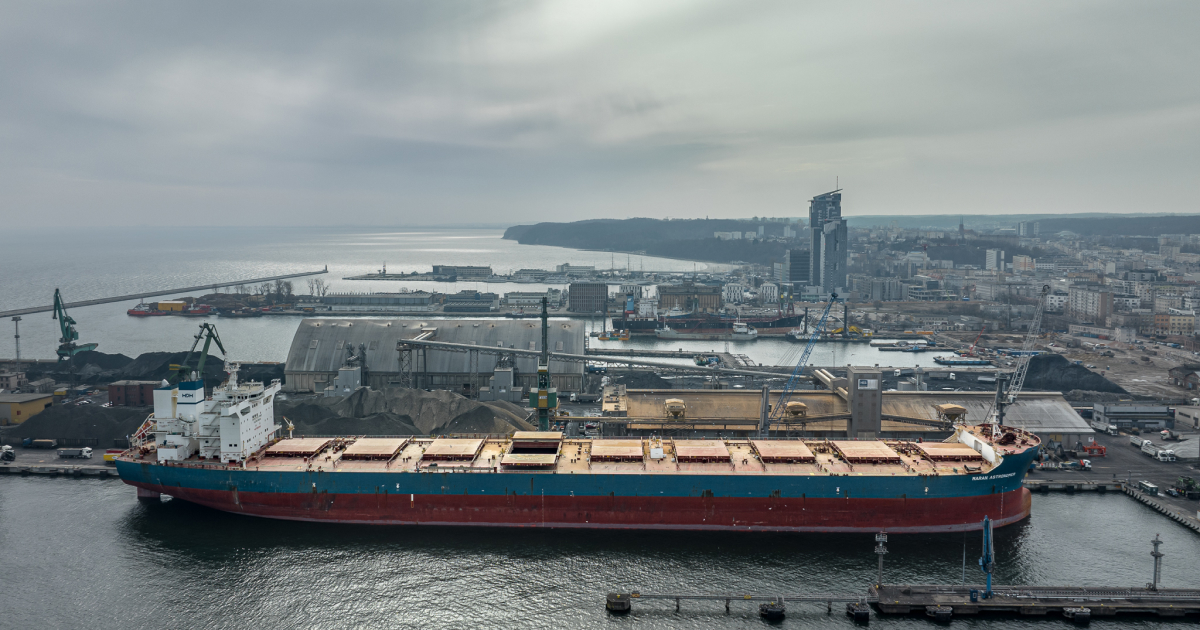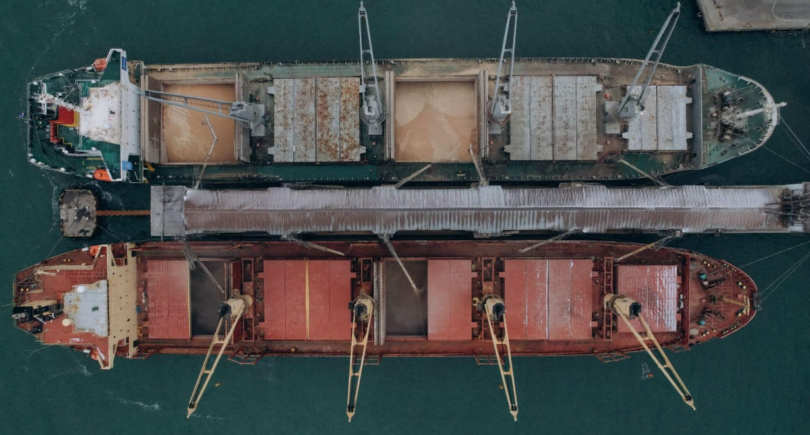
News Infrastructure Poland 3026 07 February 2024
The raw material was probably transiting from Ukraine, as the port has not handled iron ore cargoes since 2017 until 2022
In 2023, the Polish seaport of Gdynia increased iron ore transshipment by 33.3% compared to 2022, up to 8 thousand tons. This is evidenced by data on the company’s official website.
The raw materials were probably in transit from Ukraine, as the port had not handled iron ore cargo since 2017 before 2022, the start of Russia’s full-scale invasion and blockade of Ukrainian seaports. In 2022, Gdynia port workers handled 6 thousand tons of iron ore.
In total, in 2023, the Port of Gdynia handled 29.4 million tons of cargo, up 5.2% compared to 2022. Grain accounted for the largest volume of cargo transshipment – 6.76 million tons (+42.7% y/y), and coal – 2.82 million tons (-17% y/y). Container handling for the year amounted to 873.89 thousand TEU, which is 4.4% less than in the previous year.
Since 2022, Poland has been one of the three largest export destinations for iron ore from Ukraine. In 2023, 19.6% of Ukraine’s total iron ore exports, about 3.3 million tons, were exported to Poland.
Last year, Ukraine reduced iron ore exports by 26% compared to 2022, to 17.75 million tons. Compared to pre-war 2021, exports of raw materials decreased by 60%. In addition to Poland, Slovakia and the Czech Republic are among the main consumers of iron ore.
This year, shipments of mining and metals products through the ports of the nearest EU countries may decline as Ukrainian port workers gradually establish operations through the temporary sea corridor that opened in August. Overall, Ukrainian ports increased cargo transshipment by 5% yoy to 62 million tons. Iron ore transshipment accounted for 5.9% of the total cargo turnover, or 1.9 million tons.




